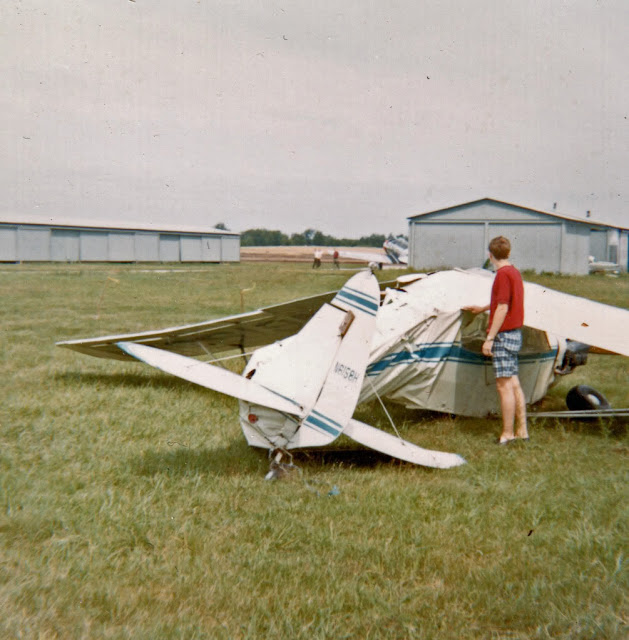RalphInCA
Cleared for Takeoff
I have had two different flight school managers tell me recently that he does not intend to put light sports into his fleet any longer because they do not hold up to the abuse that trainers typically get in a training environment.
Abuse that a Cessna 150 or piper 140 can take for years will down a light sport in days.
What a shame. I love flying light sports.
Sent from my iPhone using Tapatalk
Abuse that a Cessna 150 or piper 140 can take for years will down a light sport in days.
What a shame. I love flying light sports.
Sent from my iPhone using Tapatalk




